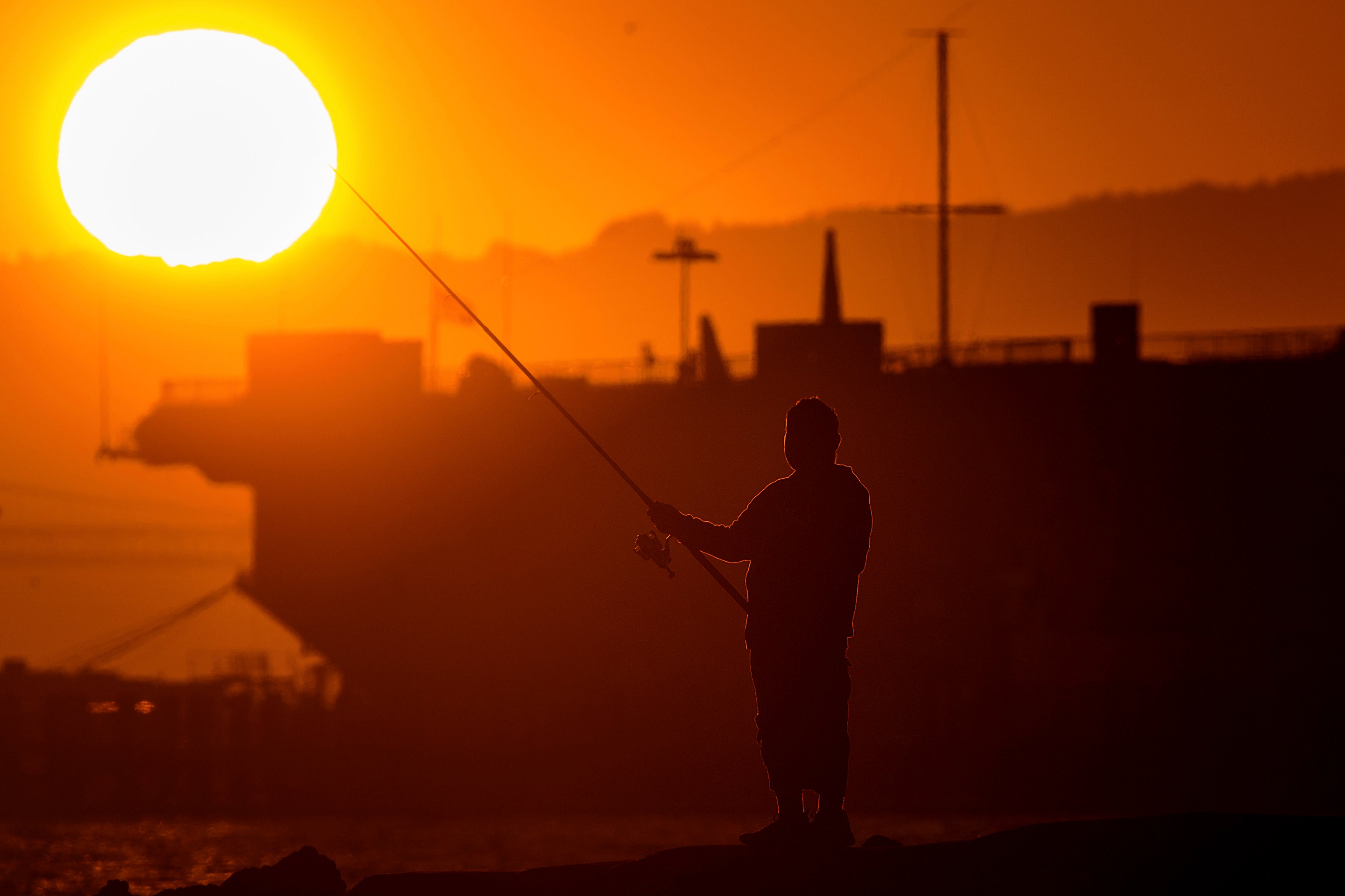More than 100 million Americans are under heat alerts on blazing Fourth of July
The National Weather Service called the imminent heatwave “an exceptionally dangerous situation”
Your support helps us to tell the story
From reproductive rights to climate change to Big Tech, The Independent is on the ground when the story is developing. Whether it's investigating the financials of Elon Musk's pro-Trump PAC or producing our latest documentary, 'The A Word', which shines a light on the American women fighting for reproductive rights, we know how important it is to parse out the facts from the messaging.
At such a critical moment in US history, we need reporters on the ground. Your donation allows us to keep sending journalists to speak to both sides of the story.
The Independent is trusted by Americans across the entire political spectrum. And unlike many other quality news outlets, we choose not to lock Americans out of our reporting and analysis with paywalls. We believe quality journalism should be available to everyone, paid for by those who can afford it.
Your support makes all the difference.Millions of Americans will be under heat warnings as Fourth of July celebrations kick off.
Heading into the holiday weekend, 110 million people across 21 US states will be under heat advisories, with temperatures in some western states expected to reach as high as 116 degrees.
The National Weather Service in San Francisco said Tuesday the heat wave could last from six to 12 days in the Bay Area, making it the longest stretch of sustained heat the area has seen in 18 years.
Temperatures across the US broke heat records on Tuesday, and more than 130 could fall throughout the next week, according to NBC News. Global temperatures are rising as a result of the human-driven climate crisis.
The weather service did not mince words in its advisory, saying that "an exceptionally dangerous situation is underway as we enter a potentially historic and deadly heat event."

The agency warned that excessive heat is responsible for the majority of weather-related deaths, and said that "it is VERY LIKELY that we add to that statistic if preparations are not taken seriously."
Practically all of the West Coast and southwest US — California, southern Nevada, parts of Arizona, Washington and Oregon — are under excessive heat warnings. The weather service warned that there would not likely be substantial overnight cool-off, meaning there will be little respite from the high temperatures during the heatwave.
By 5am Wednesday, the temperature in the Bay Area was already 77 degrees with 18 percent humidity, according to forecasters.
In the southeast and the Plains states, the heat index may reach between 100 and 115 degrees Wednesday. The heat index measures the "feel" of the air when both temperature and humidity are considered.
Thanks to humidity, Little Rock, Arkansas, may feel hotter than Phoenix - the desert city is expected to see a heat index of 113 degrees, while Little Rock could hit 116 degrees.
The most extreme heat threats as of Wednesday are in central and northcentral California, central Texas, central Oklahoma and northeastern Arkansas, according to the weather service. Much more of the country — including parts of California, Central Florida, Nevada, along with a stretch running from southwest Texas through the south and up into Appalachia, central Ohio and southeast Indiana — are under major heat threats.

The heat will also contribute to other climate-related events such as storms and wildfires. Approximately 13 million people from the western high plains to the Ohio River Valley will be at risk for severe storms, high winds, hail, and isolated tornadoes.
On Thursday, 6 million people will be under a slight risk for severe storms in Missouri and in parts of both Kansas and Oklahoma.
Approximately 4 million people, primarily in California, will be under Red Flag warnings, which signals ideal conditions for a wildfire to break out and spread.
Plenty of Americans will brave the heat on planes or in cars over the weekend as they travel to celebrate Independence Day. AAA is projecting that 70.9 million travelers will head 50 miles or more from their homes over the Independence holiday travel season, defined as a nine-day period, between June 29 and July 7.
“With summer vacations in full swing and the flexibility of remote work, more Americans are taking extended trips around Independence Day,” Paula Twidale, Senior Vice President of AAA Travel, said.
“We anticipate this July 4th week will be the busiest ever with an additional 5.7 million people traveling compared to 2019.”
More than 32 million people are expected to fly between June 28 through July 8, which is a 5.4 percent increase over the same time period last year.
The peak travel day will be July 7 - at the end of the holiday weekend - when the agency expects to screen more than 3 million individuals at 434 airports. Twelve of the agency’s top 15 busiest travel days nationally have occurred since mid-May.

Join our commenting forum
Join thought-provoking conversations, follow other Independent readers and see their replies
Comments